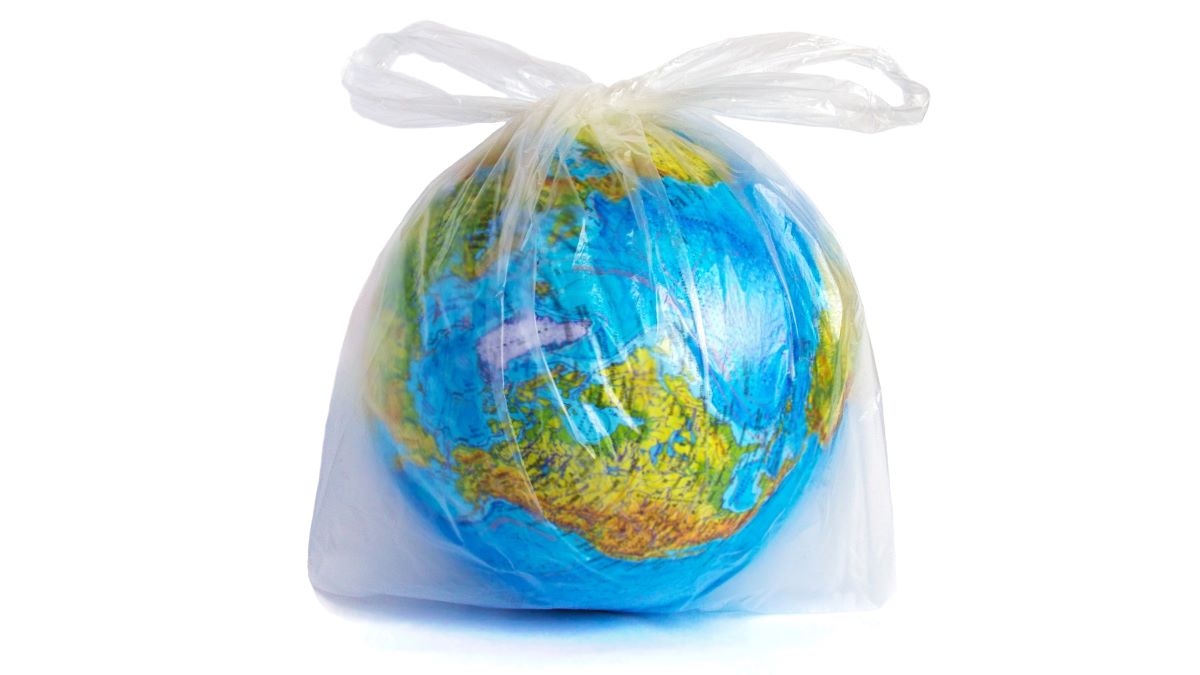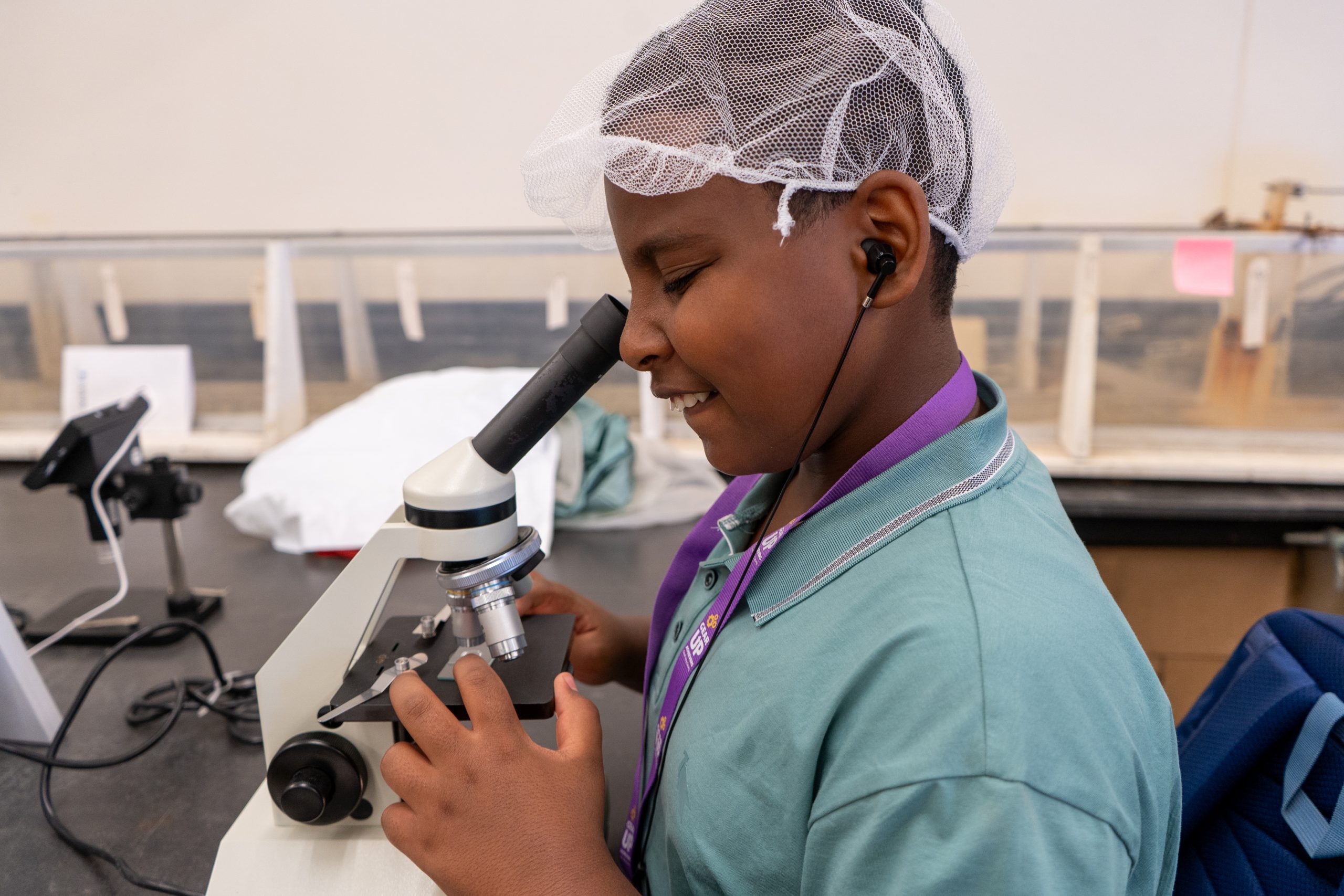Polymers, Vol. 17, Pages 2046: Amphibian Egg Jelly as a Biocompatible Material: Physicochemical Characterization and Selective Cytotoxicity Against Melanoma Cells
Polymers doi: 10.3390/polym17152046
Authors:
Behlul Koc-Bilican
Tugce Karaduman-Yesildal
Selay Tornaci
Demet Cansaran-Duman
Ebru Toksoy Oner
Serkan Gül
Murat Kaya
Extensive research on amphibians has focused on areas such as morphological and molecular taxonomy, ecology, embryology, and molecular phylogeny. However, the structure and biotechnological potential of egg jelly—which plays a protective and nutritive role for embryos—have remained largely unexplored. This study presents, for the first time, a detailed physicochemical analysis of the egg jelly of Pelophylax ridibundus, an amphibian species, using Fourier Transform Infrared Spectroscopy, Thermogravimetric Analyzer, X-ray Diffraction, and elemental analysis. The carbohydrate content was determined via High-Performance Liquid Chromatography analysis, and the protein content was identified using Liquid Chromatography-Tandem Mass Spectrometry analysis. Additionally, it was revealed that this jelly exhibits a significant cytotoxic effect on melanoma cells (viability < 30%) while showing no cytotoxicity on healthy dermal fibroblast cells (viability > 70%). Consequently, this non-toxic, biologically derived, and cultivable material is proposed as a promising candidate for cancer applications, paving the way for further research in the field.
Source link
Behlul Koc-Bilican www.mdpi.com


